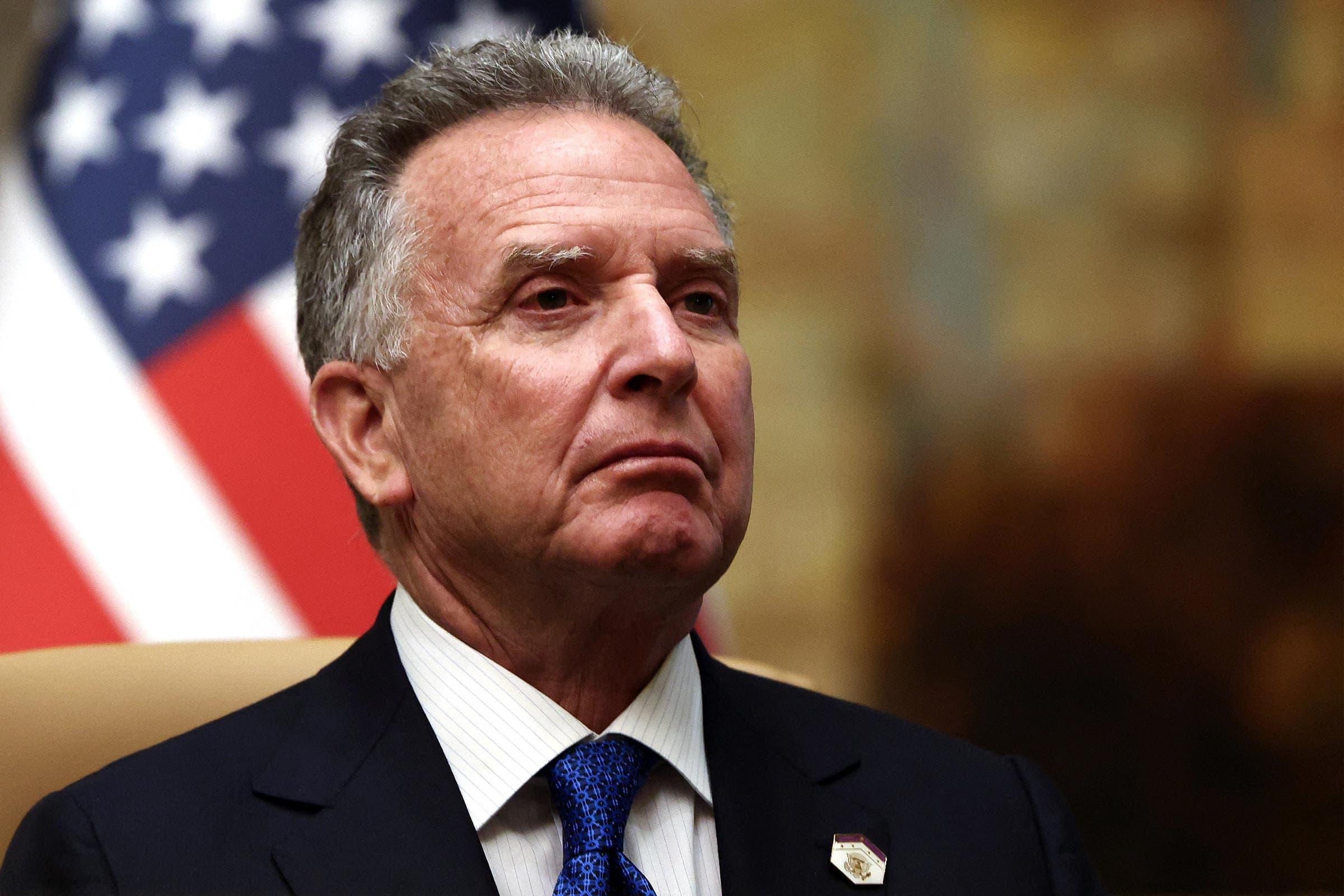Trump Administration Halts IVF Coverage Plans, Leaving 50 Million Families in Limbo
The Trump administration has reportedly abandoned its plans to mandate insurance coverage for in vitro fertilization (IVF), a move that has left millions of American families seeking fertility assistance in uncertainty. Despite this being a key promise of Trump"s 2024 election campaign, the White House has not proposed any new federal subsidies to alleviate the financial burden of IVF treatments, affecting approximately 50 million individuals insured through the Affordable Care Act (ACA).
Background & Context
In recent years, the conversation around fertility treatments has gained significant traction, particularly as more couples face challenges in conceiving. During his campaign, Donald Trump emphasized the need for government action to support American families and promote a "baby boom." He pledged that, if re-elected, his administration would either subsidize IVF procedures directly or require insurance companies to include them in their coverage plans. This promise resonated with many who are struggling with the high costs associated with fertility treatments, which can range from $12,000 to $15,000 per cycle.
However, the administration"s recent decision to shelve these plans raises questions about the commitment to such family-oriented policies. As previously reported, the legal framework surrounding health insurance coverage in the United States necessitates Congressional approval for any mandatory coverage changes, complicating the administration"s ability to fulfill its campaign promises.
Key Developments
According to a source within the administration who spoke on the condition of anonymity, expanding access to IVF remains a priority for Trump. However, the complexities of legal restrictions have hindered progress. The lack of proposed federal subsidies has left many families feeling abandoned, particularly those who have been vocal about the need for affordable fertility treatments.
The decision comes at a time when IVF has become an increasingly common option for couples facing infertility, with an estimated 1 in 8 couples in the U.S. experiencing difficulties in conceiving. The absence of insurance coverage for these services can lead to significant financial strain, often forcing families to choose between their financial stability and their dreams of parenthood.
Broader Impact
The implications of this decision extend beyond individual families. Fertility experts and advocates argue that the lack of coverage perpetuates health disparities, particularly affecting low-income families and those without significant financial resources. As IVF procedures continue to rise in popularity, the economic burden on families without insurance coverage could lead to a decline in birth rates, counteracting the administration"s stated goal of encouraging a baby boom.
Furthermore, this development may also influence public perception of the Trump administration"s commitment to family values. Critics argue that failing to support such a significant aspect of family planning could alienate a segment of voters who prioritize reproductive health issues. As the political landscape shifts in the lead-up to the 2024 election, these decisions could have lasting ramifications on voter sentiment and electoral outcomes.
What"s Next
As the administration navigates the complexities of health policy, the future of IVF coverage remains uncertain. Advocacy groups are likely to ramp up their efforts to push for legislation that would mandate insurance coverage for fertility treatments, hoping to bring this issue to the forefront of national discourse ahead of the election.
In the meantime, families affected by this decision may seek alternative solutions, including exploring state-level initiatives or private insurance options that might provide some financial relief. The ongoing dialogue surrounding reproductive health and family planning in the U.S. will undoubtedly continue, especially as more families voice their struggles with infertility and the associated costs.
For those interested in related coverage, recent developments in space policy may provide insight into how government priorities are shaped in various sectors, further illustrating the complexities of policymaking in contemporary America.

![[Video] Elderly woman collapses during speech by Virginia Governor-elect Abigail Spanberger](/_next/image?url=%2Fapi%2Fimage%2Fthumbnails%2Fthumbnail-1762308646799-elohue-thumbnail.jpg&w=3840&q=75)

![[Video] German study finds rats catching bats mid-air, raising disease risks](/_next/image?url=%2Fapi%2Fimage%2Fthumbnails%2Fthumbnail-1762215657742-ael5nd-thumbnail.jpg&w=3840&q=75)

![[Video] Trump says India has largely stopped buying oil from Russia](/_next/image?url=%2Fapi%2Fimage%2Fthumbnails%2Fthumbnail-1762459850423-ittmp-thumbnail.jpg&w=3840&q=75)


